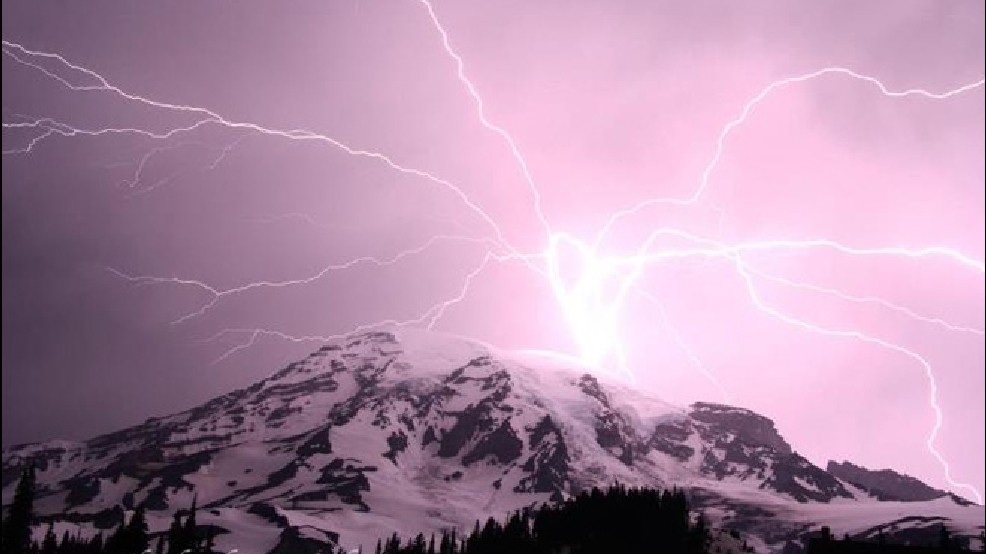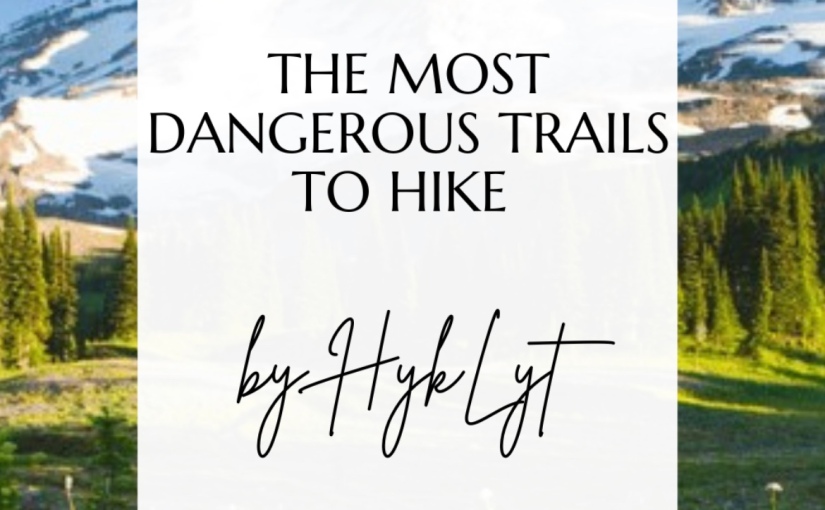
“If your heart is a volcano, how shall you expect flowers to bloom?”
Khalil Gibran
What an awe-inspiring view while walking up to Mt. Rainier. Wildflowers, evergreens, and snow-capped summits create an oil-painting inspiration that truly leaves an impression of beauty, but don’t let any of that fool you, it’s a facade, this hike has a dark secret, and I’m here to let you in on it.
If you’re planning to summit Mt. Rainier, I sure hope you’ve done your homework. But if you haven’t and you just plan to cram-study before taking the trip, then let me fill you in on the details.
Mt. Rainier has claimed over 400 lives, making it Americas Deadliest Hike.
While you start your climb, you’ll need to be watching for and prepared for extreme weather changes that happen very quickly. Hypothermia is one of the main killers in Mt. Rainier; though, other reports are due to broken bones (falling rocks, or the hiker falling) and burial by avalanche.
Being a high summit mountain, storms will spawn very quickly, and when they do, it’s best to find a safe space and wait it out, because these storms don’t bring your typical lightning tagalong… they bring bursts of lighting. Remember your lightning safety guidelines when the mountain is active!

Have you ever been climbing a mountain and suddenly (hopefully) woke up on the ground? This might be you if you attempt Rainier. It’s known for falling rocks, and these rocks don’t fall softly. When they break loose they create a tumbling down the mountainside, bouncing back and forth off of rock-sides. So, even if you feel like you’re out of the way, it’s possible you’re not.
Okay. I got it. rocks may fall. Once it’s passed by, you’re safe, right?
Right?!
Well, the thing is, there’s also an unpredictable volcano inside of Mt. Rainier. The greatest hazard the mountain has to offer is the lahars, which is also known as volcanic mudflow or debris flow. Areas inundated with mudflow are now densely populated and contain important infrastructure, including the highways. Lahars look and behave like flowing concrete, and they destroy or bury most manmade structures in their path. Lahars are spontaneous, so there’s no safe suggestion on when to go. Icebergs break apart and slide into the valley-base of the volcano, waiting to be released into a debris flow at another time.
The good news, Mt. Rainier hasn’t fully erupted since 1450CE
Not having erupted since 1450CE could deliver a false sense of hope. It’s actually not just Americas deadliest hike.
Due to its high probability of eruption in the near future, Mt. Rainier is considered one of the most dangerous volcanoes in the world!
It’s expected to erupt anytime now. It’s even on the “Decade Volcano” list, which is a list comprised of 16 volcanoes identified as being worthy of a particular study in light of their large, destructive eruptions and their close proximity to densely populated areas.

From Wiki: “On the DC route, from Paradise to Camp Muir, it takes about 5 hours at a leisurely pace. Then from Muir to the summit, using the Disappointment Cleaver (I mean, even the route names are gloomy!) route, the climb can take anywhere from 6 to 8 hours, depending on weather and your level of fitness.”
All of these things taken into consideration, I think it’s safe to say that Mt. Rainier is not to be taken lightly. This was the first of a series of “Deadliest Hikes” by HykLyt, I hope you enjoyed the read, Pro-Hikers!
The only real question: “Who’s going with me?”
Click here to return to the blog portraits and read more of the HykLyt articles.


